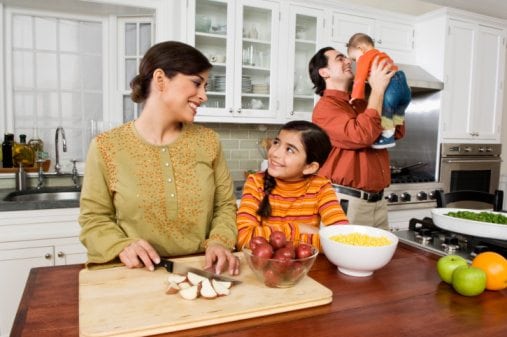<< Back
Here’s Your Risk of Getting COVID-19 From an Infected Family Member

December 15, 2020
Your COVID-19 family bubble might not be as impenetrable as you think. University of Florida researchers, after analyzing 54 studies with more than 77,000 participants, found that 16.6 percent of COVID-19 patients spread the disease to other members of their household.
That’s far higher household secondary transmission than two other coronaviruses, SARS (7.5 percent) and MERS (4.7 percent).
The analysis, published Dec. 14 in JAMA Network Open, said households are vulnerable because they qualify as “3Cs environments”: closed spaces and close contact with conversation.
“Increasing evidence shows there is increased transmission of the virus in crowded (close proximity), enclosed and poorly ventilated spaces for prolonged durations,” says Dr. Faiqa Cheema, a Hartford HealthCare infectious disease specialist.
The Centers for Disease Control and Prevention updated its guidance last month to recommend “universal mask use” indoors whenever people are not in their own home, but so far has offered no guidance on masking-up at home.
Some numbers in the study, however, might help you determine when it might be a good time to update your own in-home guidance:
- More than a third of people infected with COVID-19, 37.8 percent, spread the virus to their husband or wife.
- A smaller percentage, 17.8, transmitted the virus to children, grandparents, aunts, uncles and other family contacts.
- Adult household members (28.3 percent) were more likely than children (16.8 percent) to get the disease.
- Household members with traditional COVID-19 symptoms such as fever, cough and shortness of breath spread the virus at an 18 percent rate.
- Infected household members who showed no symptoms spread the virus to only 0.7 percent of household contacts.
For information on the COVID-19 vaccine, click here.